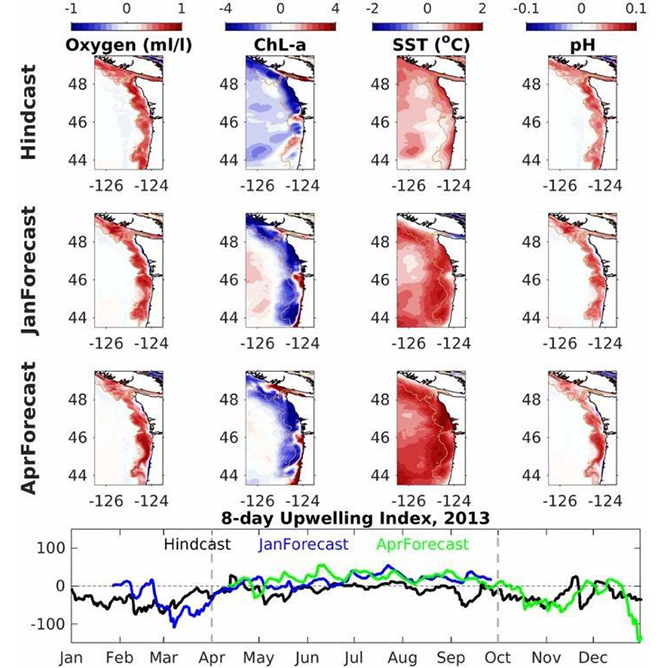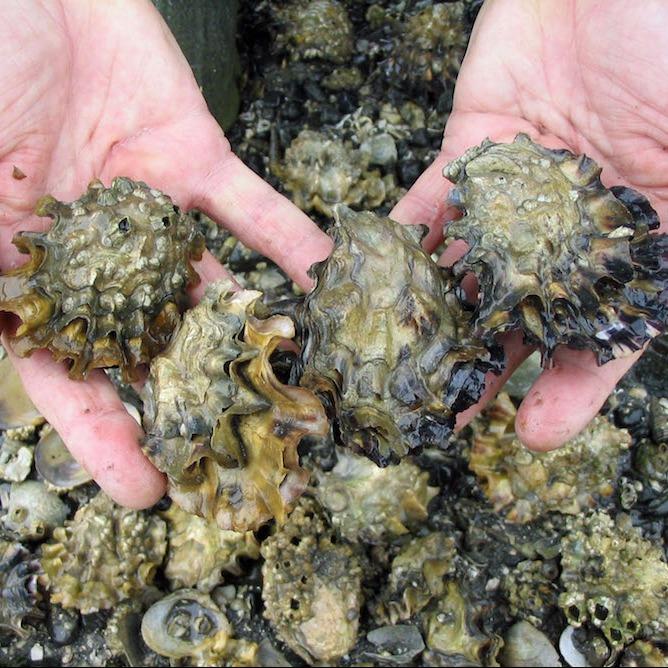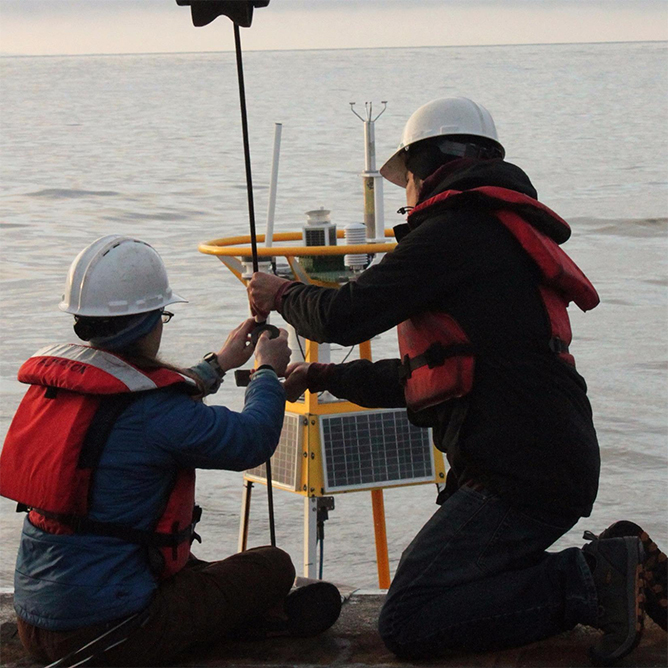Building capacity to produce and characterize Atlantic surface seawater Reference Material
Why we care
The use of certified reference materials (CRMs) is a cornerstone of accurately studying ocean acidification and responses. They tie disparate measurements of total dissolved inorganic carbon (DIC) and total alkalinity (TA) globally to a common scale and allow comparison of measurements across research efforts and over time. Currently, there is only one lab at Scripps Institution of Oceanography that produces certified reference materials, leaving the entire research community and body of work vulnerable to a single-point failure. This also produces CRMs from one coastal region whereas others work in other coastal basins. This project will build a reference material (RM) production facility at NOAA’s Atlantic Oceanic and Meteorological Laboratory (AOML), with the capability to produce RMs for use by NOAA laboratories and affiliated partners.
What we are doing
Accurate measurements of the inorganic carbon system are critical for detection and assessment of ocean acidification in both the global open ocean and coastal systems. This work addresses a critical need to increase the number of labs producing reference materials.
AOML researchers will build a reference material system to closely mimic the CRM system of Andrew Dickson who leads the only existing U.S. lab at the Scripps Institution of Oceanography (SIO). The team will then fully characterize the reference materials, which will use Gulf Stream waters with higher salinity and low nutrient waters optimally suited for research in the Atlantic basin. This differs from existing CRMs taken from the Pacific. The lab will acquire surface Gulf Stream water at volume via quarterly cruises across the region routinely performed by AOML. Characterization for inorganic carbon parameters includes pH, DIC, TA, and pCO2 to compare against DIC and TA values from SIO and the National Institute of Standards and Technology (NIST). Initial production will follow exact procedures and materials of the SIO facility. Subsequently, AOML will test the adapted procedure to include smaller bottle sizes and less-toxic preservatives compared to the mercuric chloride currently used.
The next goal is to demonstrate that once bottled and sealed, no gas exchange occurs and there is no biological activity present that could affect the RMs. The team will assess the stability of AOML-RMs over a period of time. This includes keeping samples to analyze over 1 yr. and storing some for posterity. Finally, the lab will enhance the system after initial production to potentially incorporate alternative bottling methods and respond to user feedback. The AOML-RM lab aims to produce four batches of CRMs per year, with enhancements to our system after initial production, and alternate bottling methods as users provide feedback. we aim to produce four batches of AOML-RMs per year ≈600 bottles per batch.
Benefits of our work
This new facility helps meet a global and national need to increase the robustness of RM production and will complement existing resources. Specifically, it will use open-ocean Atlantic seawater, providing a unique RM relative to existing materials produced from the Pacific which may have different signatures. This will be ideal for ocean acidification research focused in the Atlantic basin. Specifically, CRMs will be utilized on NOAA ocean acidification research cruises, in laboratory analyses, and other venues to establish the highest quality measurements and validation.
Investigators
Denis Pierrot, NOAA Atlantic Oceanic and Meteorological Laboratory (AOML)
Katelyn Schockman, University of Miami/CIMAS
Collaborators
Leticia Barbero, University of Miami/CIMAS
Rik Wanninkhof, NOAA Atlantic Oceanic and Meteorological Laboratory (AOML)
Jia-Zhong Zhang, NOAA Atlantic Oceanic and Meteorological Laboratory (AOML)
Maribeth Gidley, University of Miami/CIMAS
Chris Sinigalliano, NOAA Atlantic Oceanic and Meteorological Laboratory (AOML)
Consultant
Andrew Dickson, Scripps Institution of Oceanography
Image: Certified reference materials for ocean acidification research produced by the Scripps Institution of Oceanography (credit)



